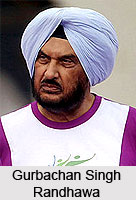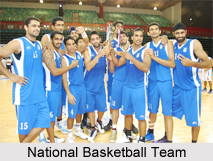Marathon derives its name from the story of Phidippides, a Greek soldier. He was ordered to run from the battlefield of Marathon to Athens, a distance of 22 miles, to convey the message of Greek victory over the Persians in 490 B.C. The marathon was included in the first modern Olympics in Athens but the present distance of 26 miles 385 yd (42.195 km) was not standardised until 1908. In that year, marathon took place between Windsor and London measuring a distance of 26 miles and the runners were required to cover a further distance of 385 yd in order to finish the race opposite the Royal Box at the White City Stadium.
The start and finish are in the stadium. Competitors are allowed to have food and drink at the 7 miles (11 km) mark and thereafter 6 more times at every 3 miles (5 km) point. Sponging and water are available at intervals (2-3 kms) between feeding points, if weather conditions warrant such provisions. A competitor may carry his own food but that has to be approved by the committee
History of Marathon
Marathon comes from the name of a Greek messenger named Pheidippides. Legends have it that Pheidippides was sent from the warfront of Marathon to Athens so that he could announce their victory in the battle against the Persians, which took place in 490 BC in August and September. He ran all the way from Marathon to Athens and burst into assembly declaring "We have won" before collapsing and dying. The Marathon run is conducted in memory of Pheidippides.
This article is a stub. You can enrich by adding more information to it. Send your Write Up to content@indianetzone.com



















